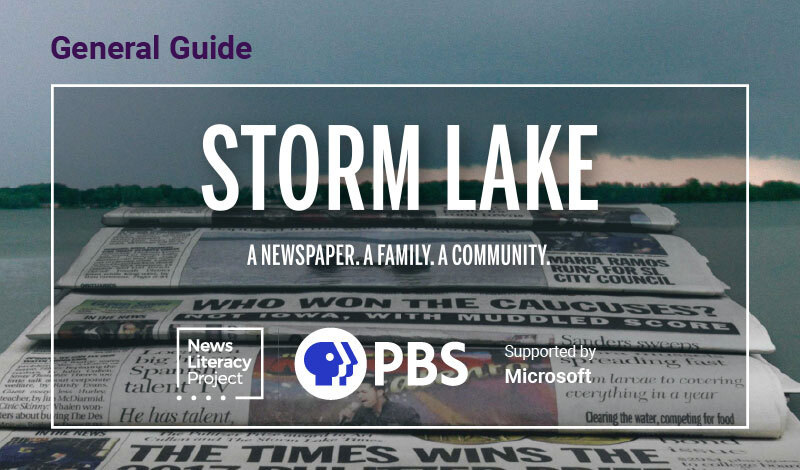
"Storm Lake" discussion guide on the importance of local journalism
This discussion guide serves as a companion for adult learners and community members viewing the PBS documentary Storm Lake.
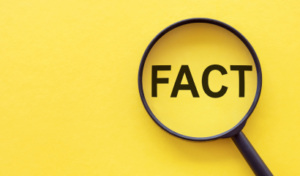 In this classroom activity, students select an event or issue in the news that interests them, then split into research teams to collect and evaluate coverage of the subject from different news organizations.
In this classroom activity, students select an event or issue in the news that interests them, then split into research teams to collect and evaluate coverage of the subject from different news organizations.
Each group is responsible for gathering and analyzing the quality of the reporting from their assigned media outlet(s). They use a K-H-W-L chart that reflects what they know, what they’ve heard, what they want to know and what they learned in the course of their inquiry, research and reflection.
This activity is designed to help students better understand newsworthiness (what makes an issue or event worthy of news coverage) and learn how to analyze coverage by collecting and evaluating news reports.
This news literacy classroom activity is suggested for grades 7-9 and 10-12+.
NLP’s activity plans are designed to be “evergreen” news literacy resources that help educators introduce and reinforce specific news literacy skills and concepts. They are often best used as follow-up and extension activities from specific NLP lessons, either in the resource library or on Checkology.
This discussion guide serves as a companion for adult learners and community members viewing the PBS documentary Storm Lake.
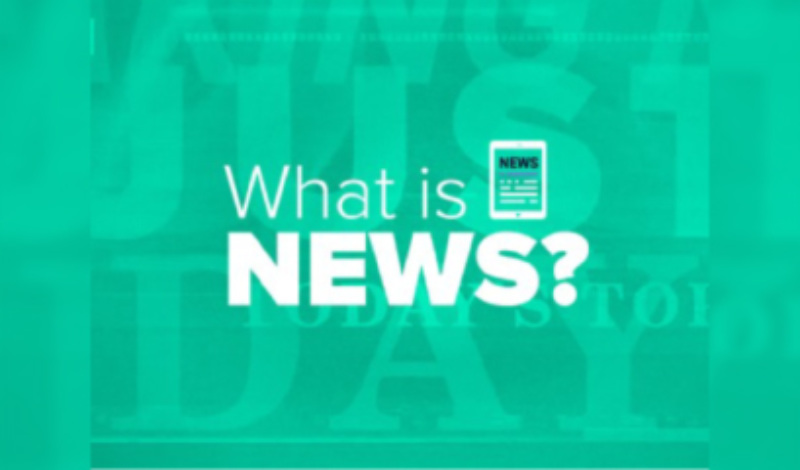

In this lesson, students use four key criteria to explore how journalists determine which events to cover.
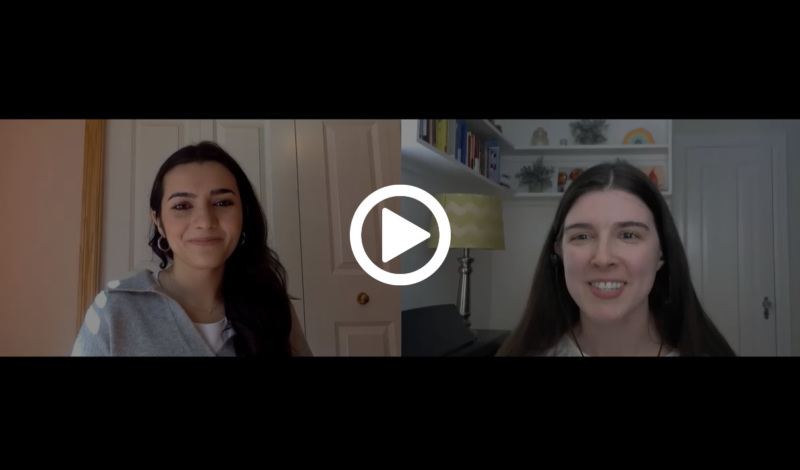

This week, we talk to Washington Post reporter María Luisa Paúl about her recent story on 7-year-old Tariq, whose
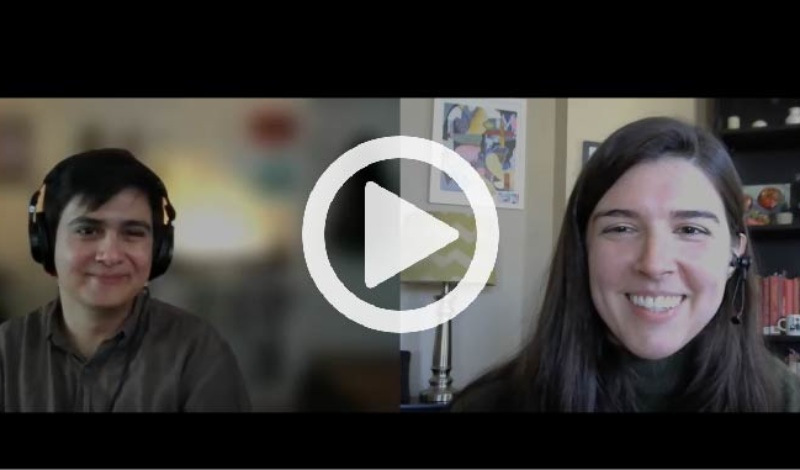

This week, we talk to Miguel Otárola about how he decides which story ideas to pursue.
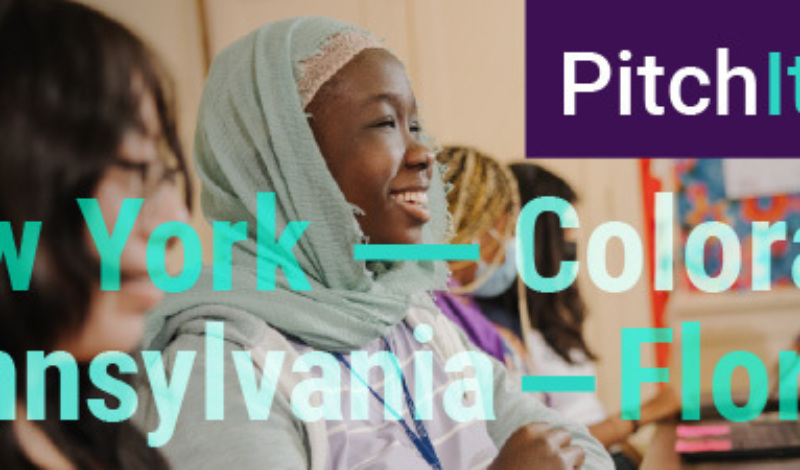

Student voices are catalysts for positive change in schools and communities. You can empower them to be well-informed and



